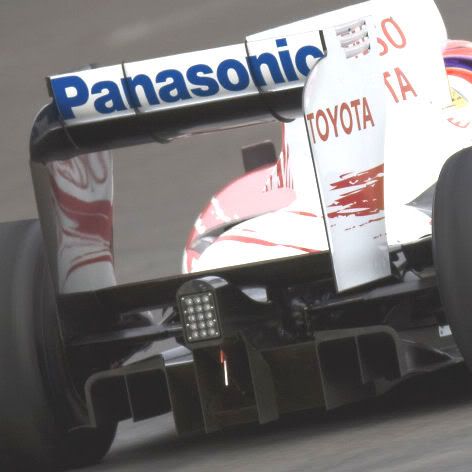
Oh dear!
FIRE FIRE... FIRE FIRE...




Simple, to stop the other teams from getting a good look at their config - the teams all used to do it even on race days until the FIA put a stop to it. Off season testing isn't covered tho.NDR008 wrote:Anyone noticed these:
http://en.f1-live.com/f1/en/photos/popu ... po_121.jpg
Not sure what they are, other then covers (the real question I guess is - why?)
to protect quite fragile components ? someone can kick it, something may fall on it, etc., etc.NDR008 wrote:Anyone noticed these:
http://en.f1-live.com/f1/en/photos/popu ... po_121.jpg
Not sure what they are, other then covers (the real question I guess is - why?)




That flat edge was added early in testing, I am guessign it was added to act like an endplate to prevent flow passing over the fin in yaw and upseeign the airflow to the rear wing.Conceptual wrote:Did anyone carch the onboard backwards looking shot from the T camera on the Toyota?
It looks like the top of the airbox, from T-bar to the end of the shark fin is actually a flat shelf...
It looked very odd indeed, but I have yet to see any pictures of it.
Does anyone have any clear pics and understanding as to why it is done this way?

Let the season of controversy and bitching begin!timbo wrote:Wow!
http://www.autosport.com/news/report.php/id/74008